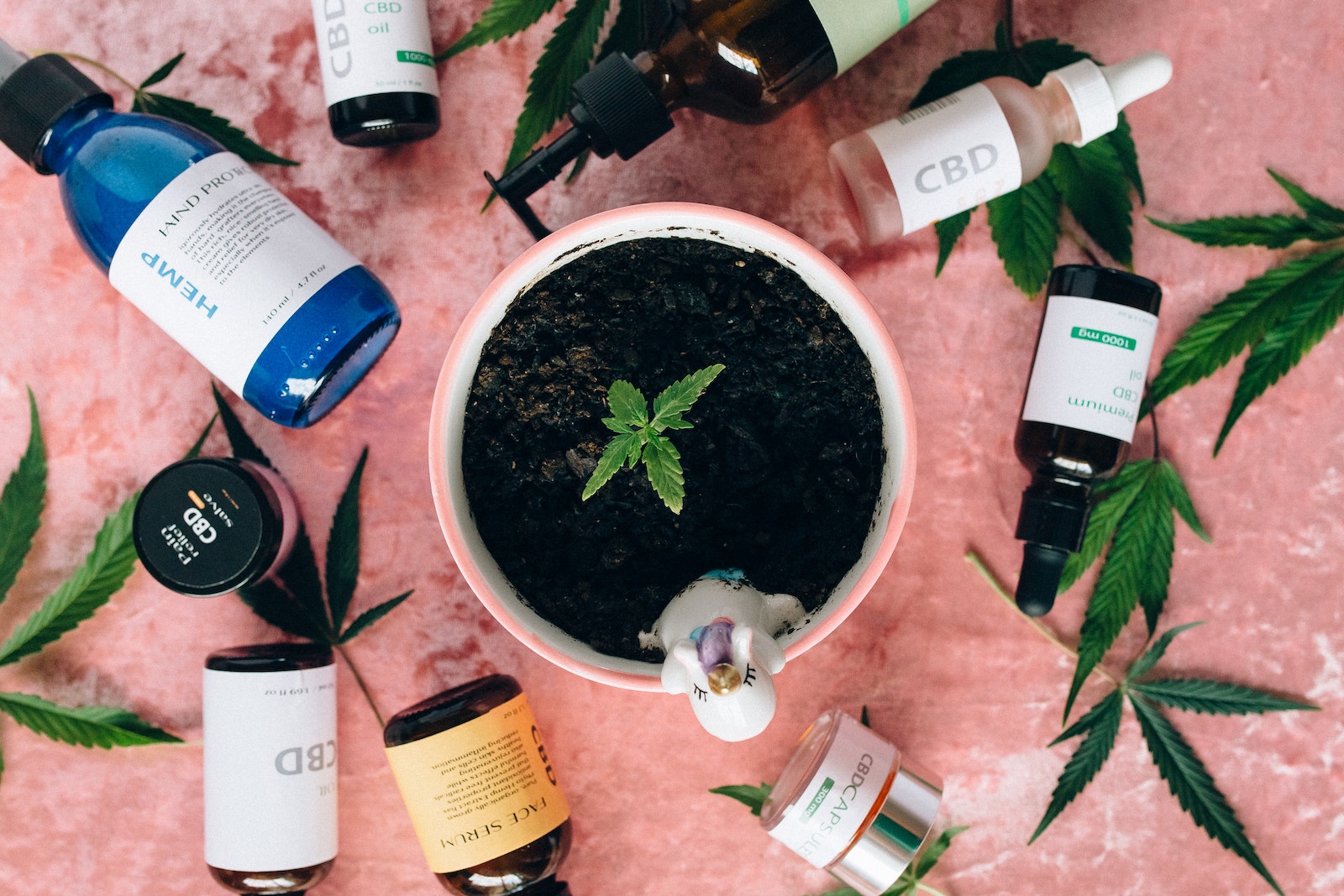In recent years, the CBD industry has experienced a significant revolution known as “The Green Revolution.” This movement focuses on sustainable practices and innovative techniques for extracting CBD from the hemp plant. As the demand for CBD products continues to rise, understanding the various extraction methods is crucial. In this comprehensive article, we’ll take you on a journey through the world of CBD extraction techniques, delving into the processes that make it all possible.
The Green Revolution: A Deep Dive into CBD Extraction Techniques
CBD, short for cannabidiol, is a naturally occurring compound found in the hemp plant. It has gained immense popularity for its potential health benefits and therapeutic properties. To harness the power of CBD, extraction methods play a pivotal role. Let’s explore some of the most cutting-edge techniques used in the CBD industry:
CO2 Extraction: Purity at Its Best
CO2 extraction, also known as supercritical fluid extraction, is considered the gold standard in CBD extraction. This method utilizes carbon dioxide in a supercritical state to extract CBD and other beneficial compounds from the hemp plant. The process involves controlling temperature and pressure, allowing CO2 to act as a solvent that selectively separates cannabinoids and terpenes. The result? Highly pure CBD extract with minimal risk of contaminants.
Solvent-Based Extraction: Efficiency and Yield
Solvent-based extraction methods involve using solvents like ethanol, butane, or propane to separate CBD from the plant material. These solvents dissolve cannabinoids and other compounds, producing a concentrated solution that can be further processed to isolate CBD. While effective in extracting CBD, this method requires careful purification to remove residual solvents. It’s essential to ensure the final product meets safety and quality standards.
Olive Oil Extraction: A Household Approach
For those seeking a more natural and DIY approach, olive oil extraction offers a simple method. This technique involves heating the hemp plant in olive oil to extract CBD and other compounds. While it doesn’t yield as highly concentrated extracts as other methods, it’s a safe and accessible way to create CBD-infused oils at home. However, the shelf life of olive oil-based CBD products may be shorter compared to those extracted using other methods.
Isolation Techniques: The Pursuit of Purity
Once CBD is extracted, it often undergoes further processes to isolate and refine the compound. Crystallization, chromatography, and winterization are among the techniques used to achieve high-purity CBD. Crystallization involves precipitating CBD crystals from a solution, while chromatography separates cannabinoids based on their properties. Winterization removes impurities like waxes and lipids, resulting in cleaner CBD extracts.
Nanotechnology: Enhancing Bioavailability
Nanotechnology is pushing the boundaries of CBD extraction and delivery. By breaking down CBD particles into nanoscale sizes, manufacturers aim to enhance the compound’s bioavailability. Nano-CBD products are designed to be more readily absorbed by the body, potentially increasing their effectiveness. This innovative approach is a hallmark of the Green Revolution, promising improved outcomes for CBD consumers.
FAQs
Q: Is CBD legal?
A: The legality of CBD varies by region. In many places, CBD derived from hemp with less than 0.3% THC is legal, but it’s essential to check local regulations.
Q: Can I extract CBD at home?
A: While some extraction methods can be done at home, they may not yield the same quality and purity as industrial processes. It’s advisable to choose reputable CBD products from trusted sources.
Q: Are there any risks associated with solvent-based extraction?
A: Solvent-based extraction carries a risk of residual solvents in the final product. Proper purification and testing are crucial to ensure the safety of CBD products.
Q: What’s the entourage effect?
A: The entourage effect refers to the synergistic interaction of various compounds in the hemp plant, such as cannabinoids, terpenes, and flavonoids, which may enhance the overall therapeutic effects of CBD.
Q: How does nanotechnology improve CBD products?
A: Nanotechnology breaks down CBD particles to a smaller size, potentially increasing their bioavailability and making them more effective in smaller doses.
Q: Are there eco-friendly extraction methods?
A: Yes, some companies are exploring eco-friendly extraction techniques that use renewable energy sources and reduce environmental impact.
Conclusion
“The Green Revolution: A Deep Dive into CBD Extraction Techniques” sheds light on the remarkable advancements in extracting CBD from the hemp plant. From CO2 extraction ensuring purity to solvent-based methods offering efficiency, the CBD industry is evolving to provide high-quality products. As the Green Revolution continues, innovations like nanotechnology and eco-friendly approaches promise even more exciting possibilities for the future of CBD. Whether you’re a consumer or an industry enthusiast, understanding these techniques empowers you to make informed choices and contribute to the growth of this transformative movement.
